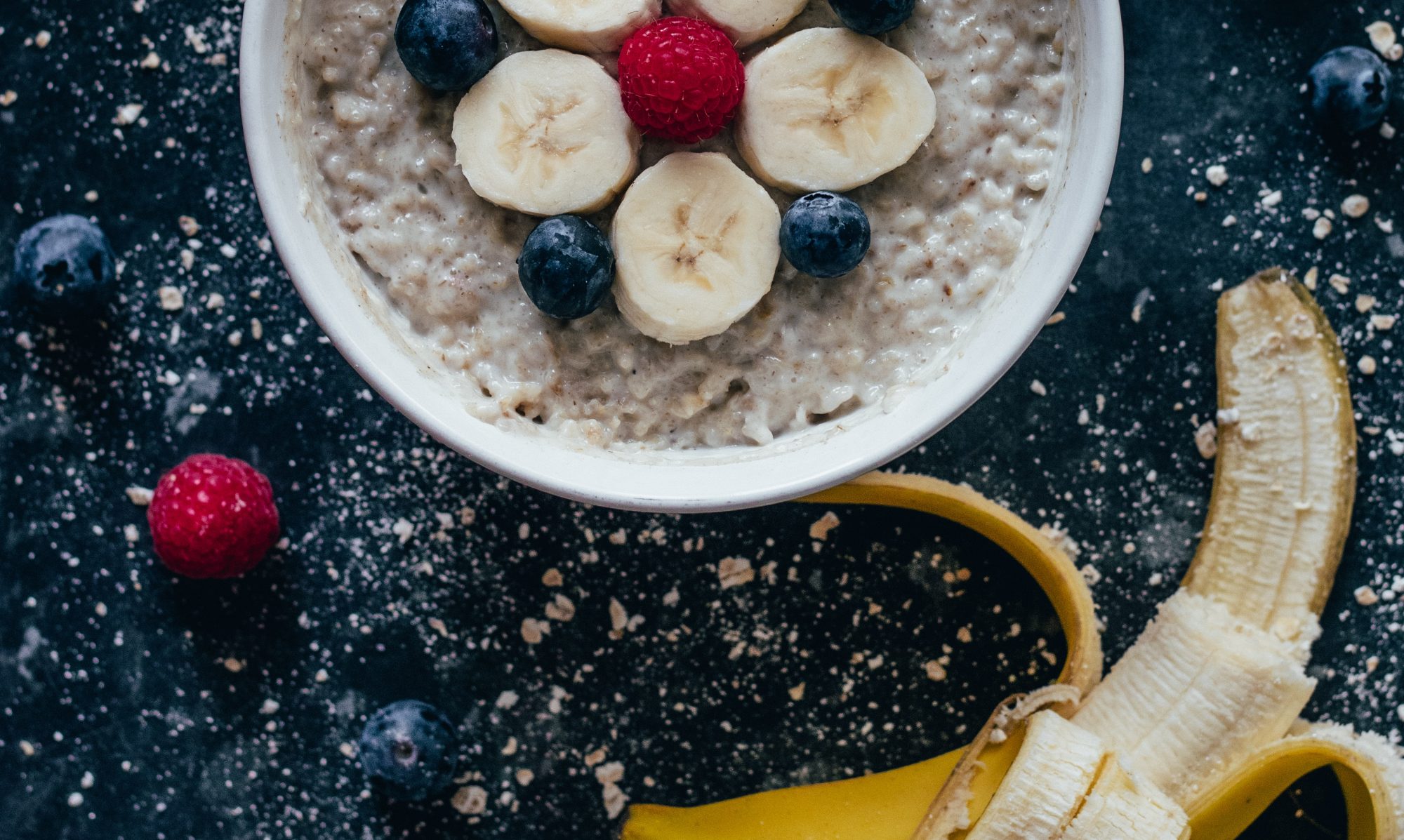Claims that ‘ancient grains and seeds’ are the secret to beauty and weight loss are flooding social media pages and front covers of fitness magazines. So you ask, what’s all the hype and how do I add ancient grains and seeds to my spring meal routine?

Why is everyone talking about ancient grains?
Ounce for ounce ancient grains and seeds provide more fiber, protein, minerals, B vitamins and phytonutrients (molecules that fight disease and inflammation) than most of their modern cousins. In fact, current research indicates that they are packed with an array of nutrients that can help lower cholesterol and triglyceride levels, reduce inflammation, promote satiety, and improve blood glucose control.
Which ancient grains and seeds are gluten free?
Amaranth, buckwheat, flaxseed, chia seed, millet, quinoa, sorghum and teff.
Which ancient grains contain the most protein?
Quinoa and amaranth are complete proteins. They contain lysine, an amino acid most plant proteins lack, so they are a smart choice for vegans and vegetarians.
Which is better, chia or flaxseed?
Chia and flaxseed are both rich in heart healthy omega-3 fatty acids and soluble fiber. Because of its lignin-rich outer layer flaxseed must be ground into a powder so that we can absorb the beneficial nutrients inside. Chia seed can be eaten whole and makes a yummy breakfast bowl.
Are ancient grains economical?
I call them a bang-for-your-buck food. They are significantly cheaper than meat and fish, yet they are rich in protein and an array of phytonutrients that stave off chronic disease.
What is the right liquid-to-quinoa cooking ratio?
Quinoa is naturally very mild in flavor, so I recommend using 1.5 cups of a flavorful cooking liquid like low sodium mushroom, chicken or beef stock for every cup of uncooked quinoa. For best results, bring the cooking liquid and quinoa to a boil over medium heat, stir once, reduce the heat, cover and simmer for 15 to 20 minutes. The quinoa is ready when it is slightly translucent and a little tail appears. Set, covered, for 10 minutes and fluff with a fork. This ratio creates a slightly chewy and fluffy texture.
Why is my quinoa not fluffy?
If the quinoa is stirred while it cooks it will have a porridge-like consistency. To avoid this, stir just once, set a timer and walk away from the stove. It will be fine…really!
Why does quinoa taste bitter?
Quinoa is actually a seed with a thin outer skin that contains bitter phytochemicals called saponins. To eliminate the bitterness, rinse the quinoa thoroughly before cooking: measure what you need for the recipe into a bowl, cover with water, swish, drain and repeat until the water is clear. Pre-rinsed quinoa is also available at the grocery store. Gently toasting uncooked quinoa is another way to decrease bitterness: place quinoa in a dry skillet over medium heat and stir constantly until it is fragrant.
Can I cook quinoa in a rice cooker?
Yes! This is a no-fuss method for cooking many grains not just rice! Simply follow the instructions on the appliance for cooking time and liquid ratio.
How do I make a balanced flavorful meal with ancient grains?
This “Delicious Big Bowl” is one of my favorite recipes, it is ready to serve in less than 30 minutes and it is a great way to use up leftovers. Simply combine cooked quinoa (or other ancient grain like millet) with roasted or steamed vegetables. Then set out bowls full of flavorful and nutritious toppings such as: hard boiled eggs, black beans, avocado slices, chopped nuts, dried or fresh fruit and lime wedges so family and friends can build their own signature dish.
